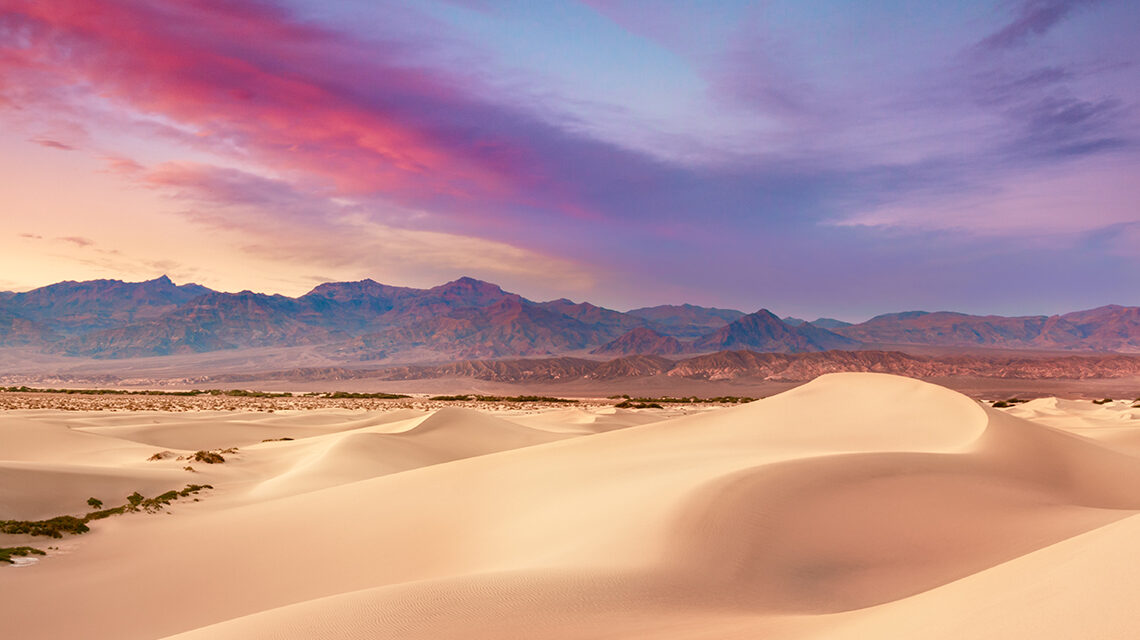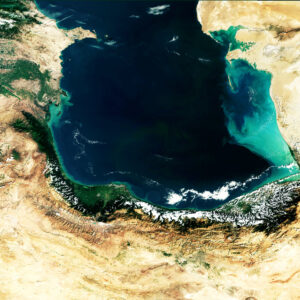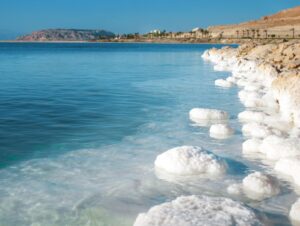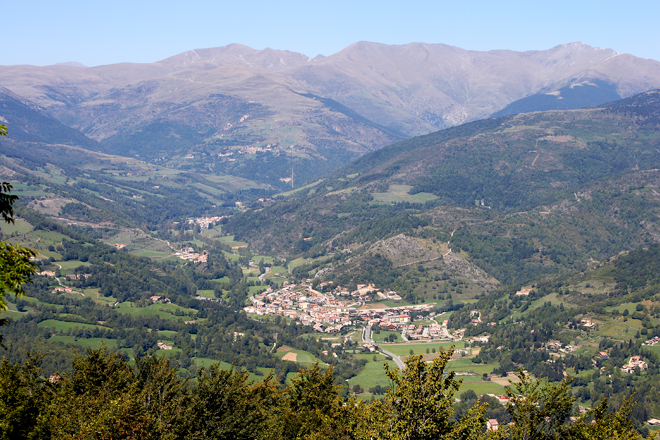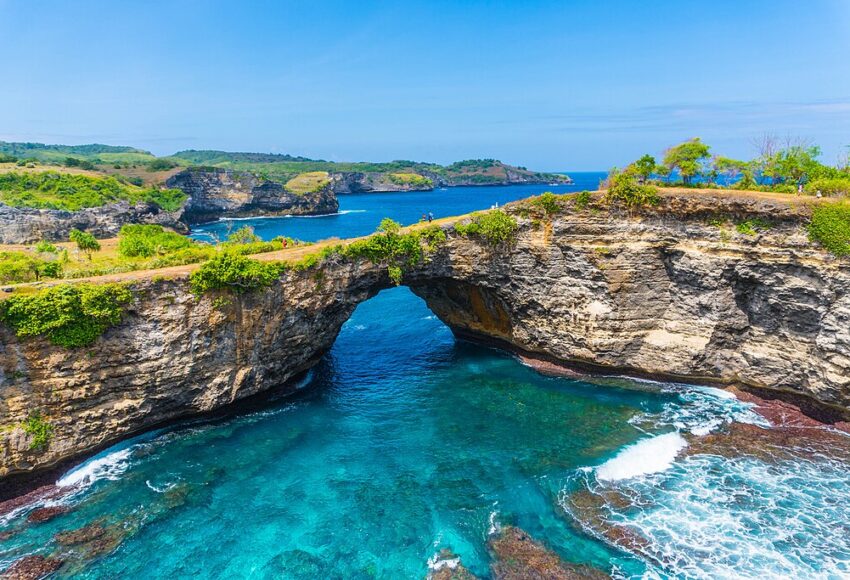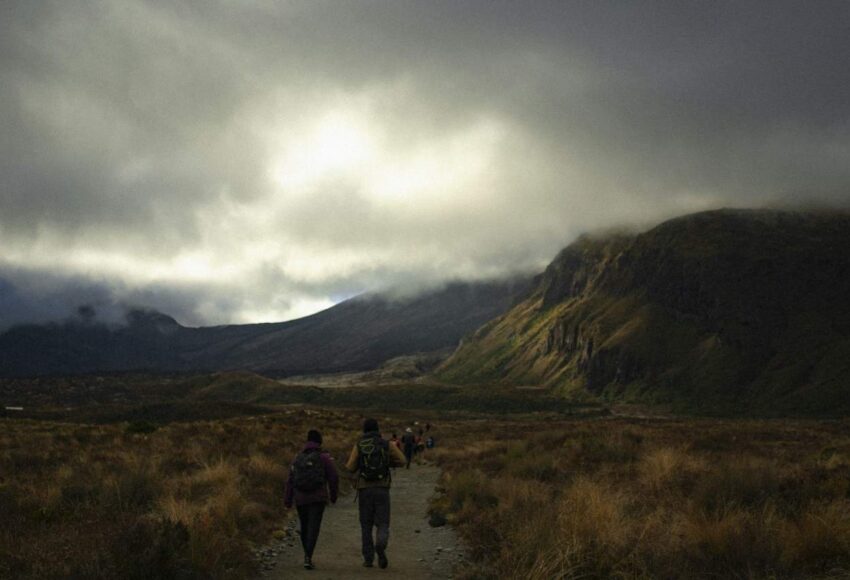Introduction
Welcome to the world of playing by the rules. A world where the sky drops beneath the waves where you can walk through lands sunk beneath the sea. Not going to the depths of the ocean. No, it’s about us walking in parts of the earth where the land under our feet is under the sea. Happy, isn’t it?
What places are under the sea?
At first glance, undersea environments can appear contradictory. How is the earth under the water? Nonetheless, these geographical anomalies are remarkably common. Simply put, these are the places on our planet’s surface that sink lower than the average sea level. No snorkel or scuba equipment was required to explore these unique places. They defy the norm, creating unique, interesting and challenging landscapes.
How were they created?
There is a long story about the geologic events that led to these fascinating landscapes—seafloor sinks. Usually the earth’s tectonic plates, they form sediments over millions of years. These ponds sometimes fill with water to form lakes or remain barren, creating dry land. At other times, the mountains are eroded by water and wind, slowly eating away at the plains. consequences ? Places under the sea where Mother Nature shows her amazing side.
Where in the world are they found?
The fascinating land milestones are scattered around the world, from the desert landscape of Death Valley in the United States, buried 86 meters below sea level, to Lake Eyre in Australia, sitting well below 15 metres. Impressively sitting 7 meters below sea level but the title of “the lowest point on earth” goes to the great Dead Sea, which straddles Jordan and Israel, sinking a whopping 413 meters below sea level
Why are they interesting and important?
Submarine areas are not just geological phenomena. They function as unique ecosystems, fostering life adapted to these unusual conditions. They are sites of great biological and cultural importance and often hold key clues to Earth’s geological past. For the casual traveler, these sites offer opportunities to explore wonders, witness unique flora and fauna and discover the cultures that shape their lives around the sounds of this plateau
Unearthing places of undersea wonder
Embark on an adventure to explore a world beneath the waves. A place where the land fails to meet expectations, diving to the bottom of the sea to reveal breathtaking geological wonders. Explore the beauty and enigmatic territories of these unique places, which involve nature and man-made depression.
Various places under the sea
natural depressions
Natural water bodies formed by dynamic geological processes such as tectonic activity and sedimentation are a fascinating display of Mother Nature’s portfolios
- Tectonic Activity: Earth’s tectonic plate shifts create deep basins that sink beneath the ocean floor, forming landscapes of fascinating beauty
- Sediments: The steady forces of wind and water release these sediments slowly as the earth erodes, creating a terrifying sight
Man-made sewage
Even the hands of man have conceived the surface of the earth to back the development of material wealth or infrastructure, creating a depression that has sunk to the bottom of the sea
- Power: The search for valuable resources has led to large-scale mining operations, which have created incredible amounts of water on the ocean floor.
- Power: In search of building materials, humans have carved huge trenches in the earth, revealing lands that fall beneath the water.
Examples of submarine areas
When you travel through vast areas of our world, you will see many spectacular examples of undersea environments. From the intoxicating attraction of the lowest point on earth to the incredible size of the world’s largest undersea site, these places have a lot to say
The Dead Sea
Resting at the feet of Israel and Jordan, the Dead Sea is breathtaking in its overwhelming beauty. The lowest point on Earth’s surface, the mysterious slide and turquoise waters reach a staggering depth of 413 meters (1355 feet) below sea level
The Caspian Basin
The Caspian Depression, which stretches like a giant warrior’s wound between Kazakhstan and Russia, is the world’s largest landmass under the sea and this vast region captures the imagination with its spectacular scenery, and it offers intrepid travelers amazing experiences.
In the Valley of Death
Death Valley, a wilderness treasure in California, proudly holds the title of the lowest point in North America. Its spectacular landscapes plunge 86 meters (282 feet) below sea level, attracting adventure-loving souls looking to explore this otherworldly land.
Getting into life under the sea
It exhibits unique geological structures such as connections between land and sea and submarine environments. In the midst of such diversity, however, there is a vibrancy of life, which allows nature to be highly adaptable and adaptive. Animals and plants in these areas not only survive but thrive on the seafloor, providing a deeper insight into the habits of life in such complex landscapes
Sticking to a normalized life
Areas under the sea are dominated by animals and plants that are well adapted to have the ability to survive, and even thrive, in these unique environments and even in harsh conditions, adapted life these places provide.
- Vegetation: Some plants have grown in these degraded areas. Depending on the environment, you may encounter a salt-tolerant halophyte in low-lying coastal areas near salt marshes or marine purslanes.
- Animals: Even in the animal kingdom there are representatives who have adapted to life under the sea. Think of the Death Valley shrimp, which live in the hottest part of North America, the tilapia of the super-salty Dead Sea, or the unique microbes of the Caspian Sediment
These species exhibit unimaginable variability and adaptability, thriving in seemingly insurmountable conditions.
Exploring challenges and opportunities
Understandably, life under the sea poses unique challenges for plants and animals. The intense heat of the submerged desert, the excessive salinity of the Dead Sea, or the submarine environment under the sea require extraordinary endurance and yet these obstacles do not preclude survival to remain unchanged.
At the same time, the unique features of these areas provide exciting opportunities for scientific study. Here are a few benefits for them.
- Understanding adaptation: Scientists study these habitats and ecosystems to understand survival and adaptation mechanisms, contributing to our knowledge of ecology and the environment in the science of
- Climate Monitoring: Subsoil, especially in all-weather regions, plays an important role in climate monitoring because it is a major contributor to global methane emissions
- Unraveling geological history: Exploring these fields can unlock mysteries about Earth’s geologic past, and provide insight into plate tectonics and environmental changes over time so the ho
Indeed, life under the sea reveals the deepest secrets of our planet and provides important lessons for survival and change. As we explore these stunning landscapes we discover the incredible resilience of life, highlighting the beauty of biodiversity and the untapped potential of our planet.
Conclusion: Amazing undersea life
Exploring places under the sea gives us deep insights into Earth’s landscapes and how life cycles work. Life thrives in these underwater valleys and at the bottom of these salty plains displaying adaptability, incredible strength and intelligence These submarine environments are an inside picture of evolution and life lay open, providing fertile ground for scientific research and discovery
Although natural and human-induced stresses are different, they result in a unique assemblage of plants and animals, reflecting the rich biodiversity of our planet and the adaptability and resilience of life these strong areas.
The unique conditions of these regions provide unparalleled opportunities for scientific study, contributing to our understanding of our planet’s geologic history, ongoing climate change, and the complex processes of biological evolution and changes to Salt lake marginal salt-tolerant plants or death. Whether it’s the friendly fish of the valley or life beneath the seafloor, life fascinates and educates us.
These catchment areas necessary to continue to preserve and study these rare landscapes in terms of ecological techniques and scientific advances Each depth opens up a new dimension of our Earth story, and it brings us closer to understanding the complex web of life and how it crosses the face of our planet with its ever-changing. As we go deeper, who knows what other secrets and puzzles we may discover.
So we are still on the cusp of countless discoveries as we continue to explore these fascinating areas. If we continue to explore, preserve and serve these unique habitats, what else can we learn? Our understanding of Earth’s past, present, and future may depend largely on the latter.
Impacts and conservation of seafloor areas
Climate change: Rising tides and spreading impacts
Climate change poses a serious threat to many places, especially those below sea level. As the planet warms due to increased greenhouse gas emissions, sea levels are rising around the world. Eventually, this trend could lead to the subsidence of many seafloor areas.
Unfortunately, the problem doesn’t just lie in sea level rise. Climate change is also exacerbating other challenges these areas are already facing.
- Drought: Rising temperatures create more evaporation, leading to drier conditions in many parts of the world. Such conditions can already exacerbate the heat and drought experienced by places like Death Valley or the Caspian Depression.
- Deserts: Changes in climate can cause deserts to expand, called deserts. This process could threaten already fragile ecosystems in arid regions.
Conservation: Protecting the treasures of the seabed
Many areas under the sea are important ecosystems, harboring unique ecosystems found nowhere else on the planet. These areas are ecological hotspots, and their protection and sustainable management are of utmost importance.
- Conservation: The protection of these areas includes the implementation and enforcement of laws and regulations that prevent harmful activities. This may include banning land-altering construction or limiting practices that threaten local flora and fauna.
- Restoration: In some cases, restoration efforts should be made. This can include programs such as replanting native plants or reintroducing species that have been driven away or reduced in number.
Sustainable Resource Management: Our communication with these places must be sustainable. This means developing and promoting ecotourism, using resources wisely and considering environmental impact in all decisions.
Conclusion Seafloor areas face many threats, mainly due to climate change, but they also provide a wonderful ecosystem. By gaining a greater understanding of this little-explored ecosystem and by embracing sui

